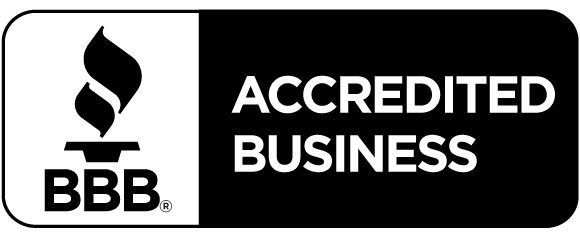Thief Ants, also called grease ants, are pale yellowish to light or dark brown ants that have a habit of nesting near other ants and robbing them of food and brood. They live in smaller colonies but they have many queens and several thousand workers.
These ants are unevenly rounded and their thorax lacks spines. Their size typically ranges from 1.5 mm to 2.2 mm long making them one of the smallest household ant species.
They feed on grease and high-protein foods such as nuts, breads, meats, fruits, animal fats, oils and dairy products. They also consume insects, mealybugs, seeds, and germinating seeds when outside.
They live in small crevices, and woodwork and masonry as well as in exposed soil or under objects, in trash, rotten wood and cavities in trees.
Since these ants sometimes feed on dead mice and rats, they may carry disease-inducing organisms to human food.
In order to prevent these pests, homeowners must be able to pinpoint the nest location. Often times, employing the help of a licensed pest professional in creating a preventative pest management plan also helps.





